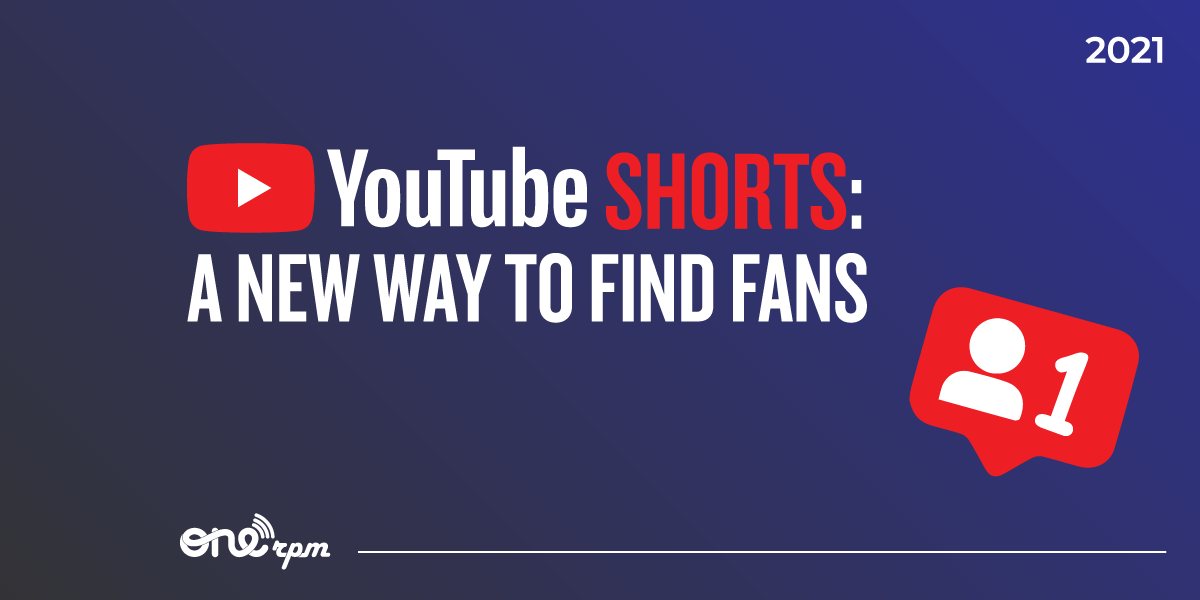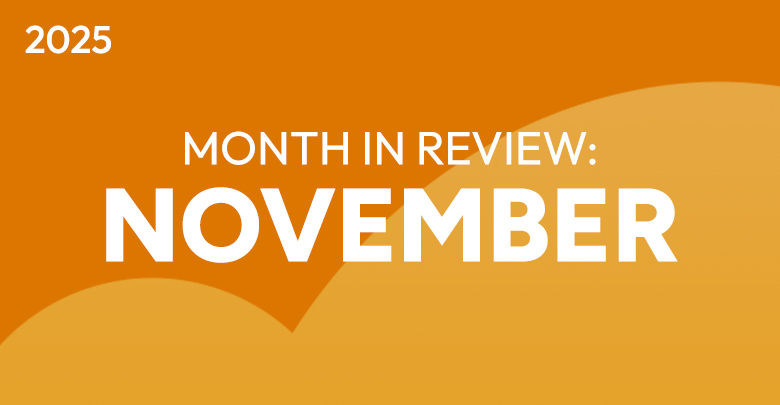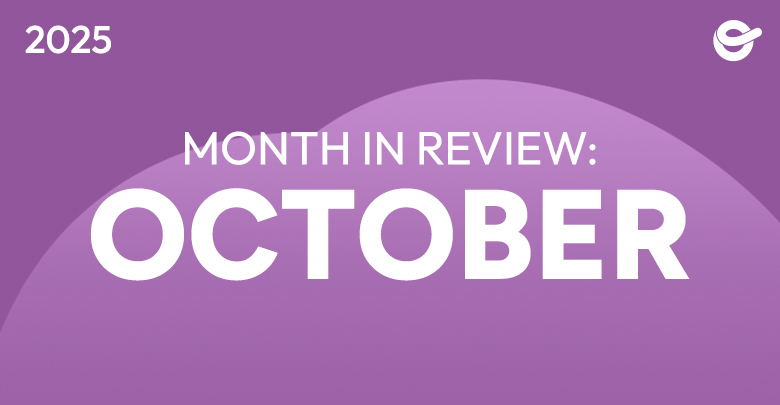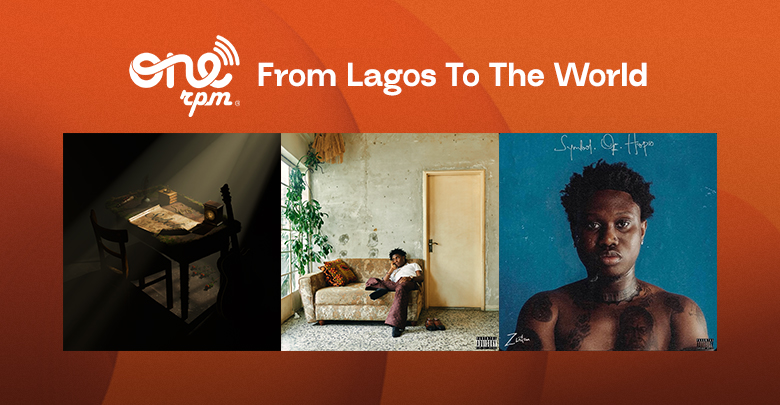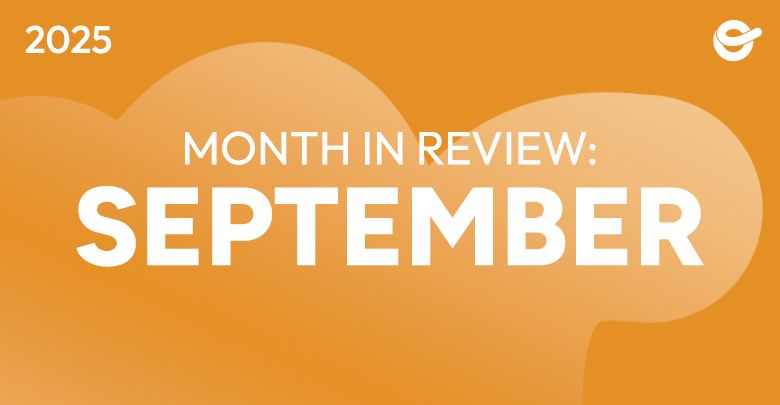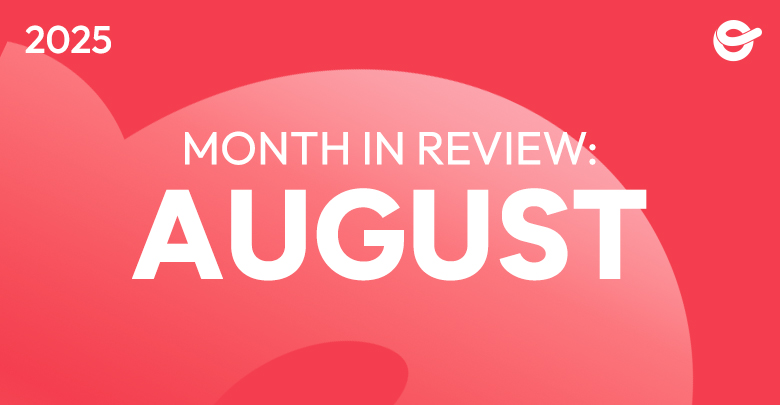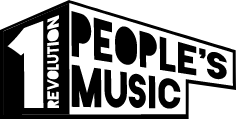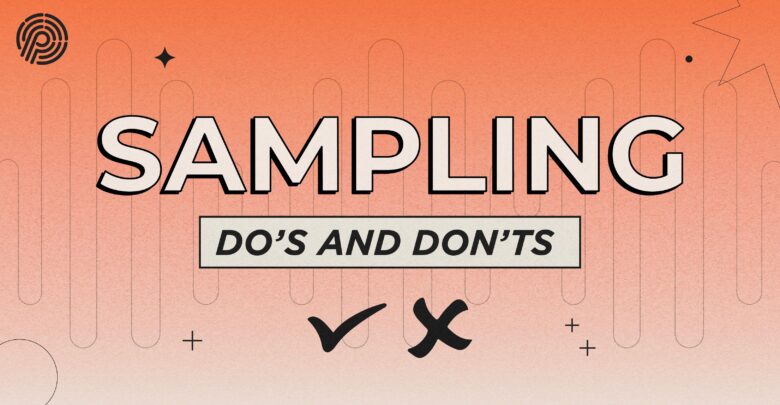
The Do’s and Don’ts of Sampling
First, what is a sample? A sample is a fragment of an existing recording used in a new song. It can be a vocal line, a beat, a guitar riff, or even a piece of ambient sound.
Sampling is a common practice in modern music production. From hip-hop to electronic music, many genres have incorporated fragments of existing recordings to create new songs. While the creative process can be exciting, improper use of samples without the proper licenses can lead to serious legal issues. How can you avoid this? Here is a guide to the do’s and don’ts of sampling to ensure your music is always on the right track.
Do’s: What You Should Do
1.Obtain the Correct Licenses
You’ll need two key licenses:
- Master Rights (Phonographic Rights): This license is granted by the owner of the original recording, usually the record label.
- Publishing Rights: This license pertains to the authors and composers of the original work and is managed by music publishers.
2.Keep a Detailed Record of the Samples Used
In the studio, taking clear notes about what you’re sampling and where the material comes from is crucial. Many producers forget to track the origin of the sample, which can lead to problems during the authorization process.
3.Be Transparent with Your Collaborators
If you’re working with other producers, make sure everyone is aware of which parts of the song are samples and that they agree to obtain the necessary licenses. This will prevent future conflicts.
4.Plan Ahead and Use Professionals
Obtaining the necessary licenses for a sample can be slow and complicated, especially if there are multiple rights holders involved. Plan months in advance and let music rights professionals handle the clearance process to avoid legal issues.
Don’ts: What You Should Not Do
1.Don’t Use Samples Without Permission
If you don’t obtain the appropriate licenses, you risk facing lawsuits and having your song removed from streaming platforms like Spotify or YouTube.
- Don’t Assume a Small Sample Doesn’t Need Licensing
Many people believe that they don’t need to license it if they use less than 5 or 10 seconds of a song. This is false. Any use of an original recording, regardless of its length, must be authorized by the rights holders. - Don’t Rely on Alteration Tools
Changing the pitch or tempo of a sample to make it sound “different” doesn’t protect you from legal issues. Even if the fragment is altered, you still need to obtain the original license. - Don’t Forget to Credit the Rights Holders
If you successfully obtain the necessary permissions, make sure to properly credit the rights holders when releasing your song. This is often part of the licensing agreement and is important to comply with this formality.
Sampling is a creative and powerful tool, but it must be used responsibly. By following these do’s and don’ts, and working with a music publisher like ONE Publishing, you can protect your career and your creations.






